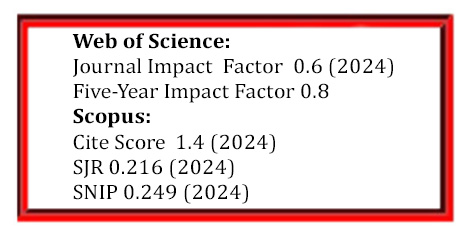Structure of Bifunctional Planar Micro Supercapacitor and Electrochromic by Screen Printing Technology
DOI:
https://doi.org/10.5755/j02.ms.38544Keywords:
MSC, energy storage, asymmetric interdigital electrode, electrochromicAbstract
A planar micro-supercapacitor(MSC) has characteristics between battery and capacitor. MSC sandwich structure’s limitation includes short circuit with two electrodes, electrodes should be loaded with as many active materials as possible to improve the energy storage capacity of the device, both of which will increase the ion transfer impedance, resulting in low power density. On the other hand, the sandwich structure is difficult to integrate into micro electronic devices. In recent years, the cross-fertilization of electrochromic technology with other fields has given rise to a variety of emerging smart devices and technologies by combining with supercapacitors, smart energy storage devices and smart windows. This paper focuses on hybrid of MSC and electrochromic device structure to verify bifunctional device structure by asymmetric interdigital electrodes. They require same hydrogel and electrode layer to enhance their performance, which are pursued with reduction in width, size, power consumption and price in the field of portable, etc. The material of Ag/Carbon/PVA/KCL/PEDOT:PSS(ACPKP)for new structure will be printed as to ensure device’s energy-storage and display. As expected, the micro-supercapacitor based on PET film can deliver areal capacitance up to 6.5 mF/cm2. Even if, micro-supercapacitor undergoes continuous 800 cycles, the performance of device can still remain nearly 79.4%. With printing technology, low cost, large area and green products demonstrate its great application in next-generation flexible electronics.
Downloads
Published
Issue
Section
License
The copyrights for articles in this journal are retained by the author(s), with first publication rights granted to the journal. By virtue of their appearance in this open-access journal, articles are free to use with proper attribution in educational and other non-commercial settings.



